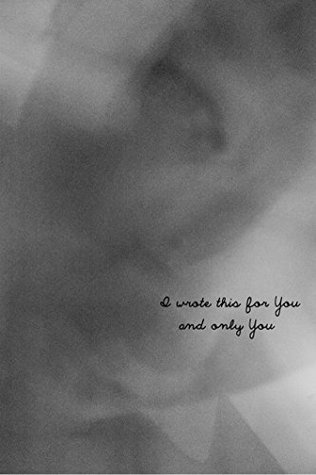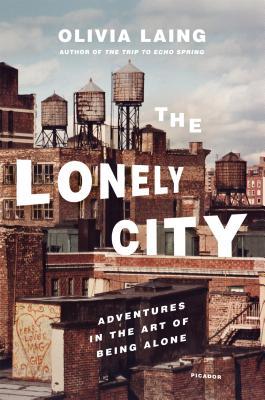
Exquisite Pain
Book Description
Love and suffering intertwine in Sophie Calle's evocative exploration of heartbreak. After her lover abruptly departs, Calle transforms her anguish into art, capturing the raw essence of loss through stunning photographs and poignant text. Each image serves as a visual heartbeat, each word a tear, drawing readers into a labyrinth of intimacy and solitude. With every page, the intensity of longing pulls deeper, as Calle confronts the exquisite nature of pain and the bittersweet complexities of desire. Will the beauty of her artistic journey lead her to healing or deeper despair?
Quick Book Summary
"Exquisite Pain" chronicles Sophie Calle’s artistic journey through heartbreak following her lover’s abrupt departure. Confronting the depths of her emotional turmoil, Calle methodically documents the days leading up to and following the pivotal moment of loss. Through a powerful blend of evocative photography and fragmented, diaristic text, she transforms her suffering into art. Calle juxtaposes her own narrative with the heartbreaking experiences of others, creating a collective tapestry of pain, resilience, and the relentless search for meaning. The work is a meditation on longing, memory, and the ways we narrate and reconstruct our experiences. Ultimately, "Exquisite Pain" reveals how vulnerability and creativity can transmute suffering into beauty, blurring the boundaries between life and art.
Summary of Key Ideas
Table of Contents
Documenting Personal Pain as Artistic Practice
Sophie Calle’s "Exquisite Pain" begins several months before a significant personal crisis: the end of a passionate love affair. Through structured repetition, Calle documents each day leading to the anticipated meeting with her lover. Text and photography intertwine to create a tactile sense of anticipation, anxiety, and inevitable heartbreak. This buildup immerses the reader in Calle’s mindset, revealing her vulnerability and the power of self-observation as she approaches the emotional climax that will define her project.
The Ritual of Memory and Repetition
After her lover’s devastating departure, Calle reframes her pain by obsessively recounting the moment of separation. She repeatedly describes the memory, focusing on precise details and the emotional fallout, almost as an act of ritualistic incantation. By doing this, the moment shifts from an insurmountable point of suffering to a narrative she can reshape and hold at arm’s length. Her process becomes a meditation on the persistence of memory, the act of storytelling, and the curious relief that can come from repetition.
Communal Storytelling and Shared Suffering
The narrative then expands outward as Calle solicits stories of pain and loss from acquaintances and strangers. Each shared story is paired with Calle’s own, blurring the line between individual and collective suffering. These juxtapositions create a chorus of voices, highlighting the universality of heartbreak while respecting the uniqueness of each person’s experience. The shared act of storytelling emerges as both cathartic release and testament to the resilience of the human spirit.
Transformation Through Artistic Creation
Through her art, Calle investigates the ways in which suffering can be transformed through creative expression. The merging of image and text becomes a tool for reclaiming agency: turning passive pain into active creation. The book explores how aesthetic distance and artistic framing allow the artist (and by extension, the reader) to gain new insights into the nature of loss, ultimately suggesting that art can make pain not only bearable but also exquisite in its bittersweet beauty.
The Interplay of Absence and Presence
Finally, "Exquisite Pain" dwells on the interplay between absence and presence. Calle’s meticulous documentation of the absence left by her lover becomes, paradoxically, a form of presence—turning void into substance through her attention. The work closes with a sense of tentative resolution: although the rawness of loss remains, Calle’s process gestures toward healing. Through art and confession, absence is named, shared, and integrated, allowing both artist and audience to find a fragile yet enduring consolation.
Download This Summary
Get a free PDF of this summary instantly — no email required.





